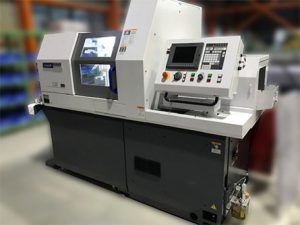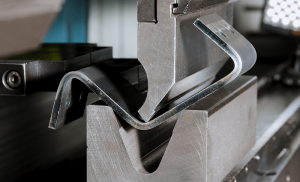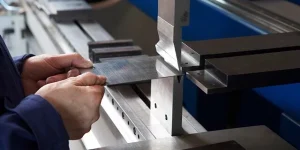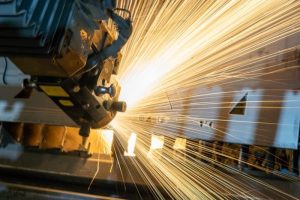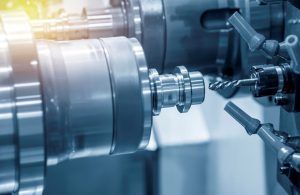Implementing lean techniques like Just-In-Time inventory and Kaizen can improve CNC efficiency by reducing waste and downtime
Simplify Workflow
To achieve more efficiency from the CNC, the workflow should be simplified. This can be done through reducing the number of unnecessary processes and making use of the machines better. According to the industrial benchmarks, simplifying the workflow could increase the throughput by 30%.
Analyze Workflow
Analyze the workflow to understand why the machines are not in working condition. You can maintain the machines through scheduled maintenance during the machine’s nonworking hours and using predictive maintenance to avoid any unexpected downtime. This reduces the downtime by 15-20%.
Implement Tool Management System
HPDA is possible only when there is good workflow continuity. Organize your tools, use RFID tags to track them, and store them in such a way that you have to move the minimum distance and they are right in front of your eyes only. This will reduce the operator’s tool finding time, giving you two extra minutes per tool change time. This can increase overall operational efficiency by 10-12%.
Use Automation
Automate handling of materials and loading/unloading of parts in the machines. Automatic systems are faster and avoid any human errors. For example, the use of a robotic arm can increase the machine operation time by 25%. It can free up the operator to look after more machines at a time. Perform only the value-added operations yourself.
Standardize Work
Adopt standard processes and operations for all the machines and all shifts. Develop standardized processes and systems, make SOPs, and give training. This way you can increase efficiency by 5% for new operators. They would take less time to start running the machines. They will also have high efficiency in any machine they work on. With a daily production of 100 units, you can get 5-7% more production.
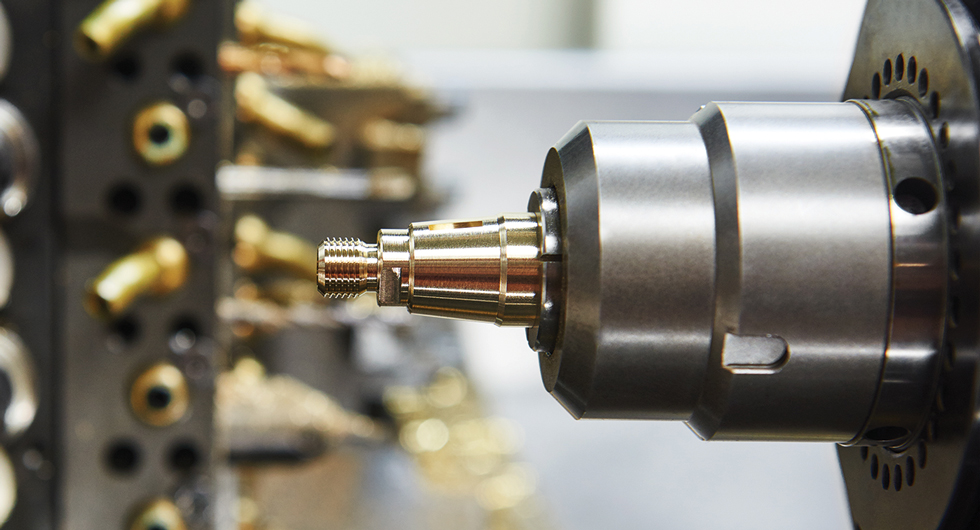
Eliminate Non-Value-Added Steps
Creating more efficient CNC starts by finding and eliminating non-value-added steps in your current process. Studies have shown that 20-30% of the steps in a typical CNC operation do not add value to the product being produced, and that when they are addressed, productivity improves.
Map the Current Process
Start by mapping out the entire CNC process, using a flowchart tool to document every action and decision the process takes. This makes it easier to see where there are redundancies or unnecessary complications in the process and, therefore, non-value-added steps.
Analyze each step to see whether it provides value or do not do to the customer or the final product being produced. If the step doesn’t add value, it can likely be eliminated. Techniques like value stream mapping can be useful here, as can applying the 5 Whys method.
Steps To Improving CNC Efficiency
There are additional steps that can be taken to improve efficiency, including:
-
Reducing setup times with pre-setup and smart scheduling, reducing both total setup times and the amount of time during that setup that is non-value added.
-
Implementing cellular manufacturing that cuts down on the time wasted during movement and waiting that characterizes transitional manufacturing layouts. Cells are designed to process parts in a continuous flow; as such, the non-value added step of moving a finished or semi-finished part from one end of a manufacturing area to the other is eliminated, increasing the overall efficiency of the cycle time by up to 20%.
-
Automating the loading and unloading of materials. These steps are often non-value-added, but they are also necessary; large parts of these steps can be automated through the introduction of automated material handling systems that can improve machine utilization rates by ensuring that a material is always ready when it’s needed and that machines are not stopped because there are not enough materials available. In addition to cutting down on the non-value added steps postulated by the original material handling process, deploying this automated material handling system then adds value by allowing the reassigning of those machinists who were previously dedicated to the work of loading and unloading materials at the start-up and just-in-time factories that North American Industry Classification System supervised.
-
Simplified on-the-go quality inspections instead of separated, staged quality inspections. It’s an inefficient use of time to build a part seemingly to completion and then remove it to a separate quality control area, then re-feed the object back into production after completing the quality inspection process from a separate quality control area; instead, specify the quality expectations during the manufacturing process and handle them in-process, using in-process quality measures to maintain the parameters of production.
Reduce Inventory Waste
One of the key strategies in lean manufacturing, especially for CNC operations, is reducing inventory waste. This happens because inventory waste usually requires a significant amount of capital and takes up additional space and time. In addition, inventory waste increases the chances of stock spoilage or obsolescence, preventing companies from maximizing their benefits. As a result, reducing inventory waste can save up to 25% of the potential costs. The following strategies may be of use in this context.
Implement Just-In-Time Inventory
JIT Inventory is one of the most popular inventory management approaches that helps keep stock very close to the current needs. The goal is to have the right amounts of materials in the right place at the right time, optimizing space, holding, and spoilage costs. JIT Inventory can reduce inventory holding costs by up to 40%, making it indispensable for the CNC environment.
Use Kanban Systems
A Kanban system is widely used for managing inventory flow in a production environment. It is based on using some visual signals to show when more material should be added. These signals are usually cards or bins that can show when the CNC machine needs more supplies. The goal is to provide CNC machines with the exact amount of materials needed, when it is needed, as opposed to building up unnecessary stockpiles.
Conduct Inventory Audit
Inventory waste can be minimized with the help of regular and thorough audit. These audits can help identify slow-moving or obsolete materials that should be phased out or repurposed. It is estimated that accurate auditing can improve inventory accuracy by 60%.
Optimize Supplier Relationships
Form strong relationships with suppliers to ensure that you are able to minimize inventory. By partnering with you, suppliers can reduce lead-times for receiving orders, minimizing the need for having excessive buffer stock. As a result, inventory levels can be reduced by up to 30%, enhancing CNC operation efficiency.
Apply Advanced Forecasting Techniques
Use advanced forecasting tools to be better at predicting inventory needs. Advanced tools are usually based on historical data and leverage a number of predictive analytics tools. Orders can be optimized to prevent either overstocking, leading to increased spoilage, or understocking, leading to missed orders and production downtime.
Create Better Storage and Retrieval Systems
Make more investment in either manual or automated storage. Manual storage may create opportunities to stack more items, but it is invariably slower than automated storage solutions, which are able to improve retrieval times and space use. Automated storage solutions reduce space use by 50% and increase the optimal retrieval rate by 70%.
Optimize Workshop Layout
Optimization of the layout of a CNC workshop is one of the crucial aspects of enhancing overall productivity and efficiency. Proper layout reduces unnecessary movements between operations and among machines, leading to an increase in output between 20 and 30 %. The idea is to place machines, tools, and materials most conveniently with minimum waste and maximum flow. There are several ways to design an efficient layout for a CNC workshop.
Analyze Current Layout Efficiency
Before rearranging the layout of a workshop, it is essential to analyze the current arrangement of machines and workstations. Time-motion studies can be used to observe how materials and workers move about the shop. Look for repetitive or unnecessary movements and the waste they generate; these observations will lead to insight into the inefficiency of the current layout. It invariably accentuates the opportunities for improvement.
Implement Cellular Manufacturing Layouts
Cellular manufacturing involves setting up different machines needed for the product’s manufacturing sequence in a CNC workshop as a cell. This arrangement traditional reduces movement and waiting time between two operations, ensuring a smooth and continuous product flow. The layout designs can enhance machine utilization rates by 40 %, which reduces cycle times dramatically.
Design for the Provision of Workflow Capacity
The product’s manufacturing sequence must be accurately reflected in the layout; machines should be arranged to follow a sequence. Materials should enter the workshop at one of its ends and the finished product leave by the other end. The layout reduces handling time of articles up to 25 %.
Utilize Space Effectiveness
Space should be utilized efficiently by using vertical storage methods and the most compact machine placement possible. Such arrangement should not compromise operational efficiency or safety. The usage of space reduces the cost per square foot and enables machines to be placed closer to reduce maneuvering between them.
Incorporate Flexibility
The design must be flexible enough to accommodate changes in production volume and demand. The use of modular furniture and mobile workstations offers maximum flexibility by allowing them to be reshuffled in case the current form is not effective. It reduces the time it would otherwise require to toggle between them, thus supporting lean manufacturing.
Focus on Safety and Accessibility
All areas of the workshop should be accessible and signaled properly. Machines should not be too close to one another, and the paths must be marked appropriately. Not only does such an arrangement proof comply with the regulations, but it also boosts employee morale and productivity.
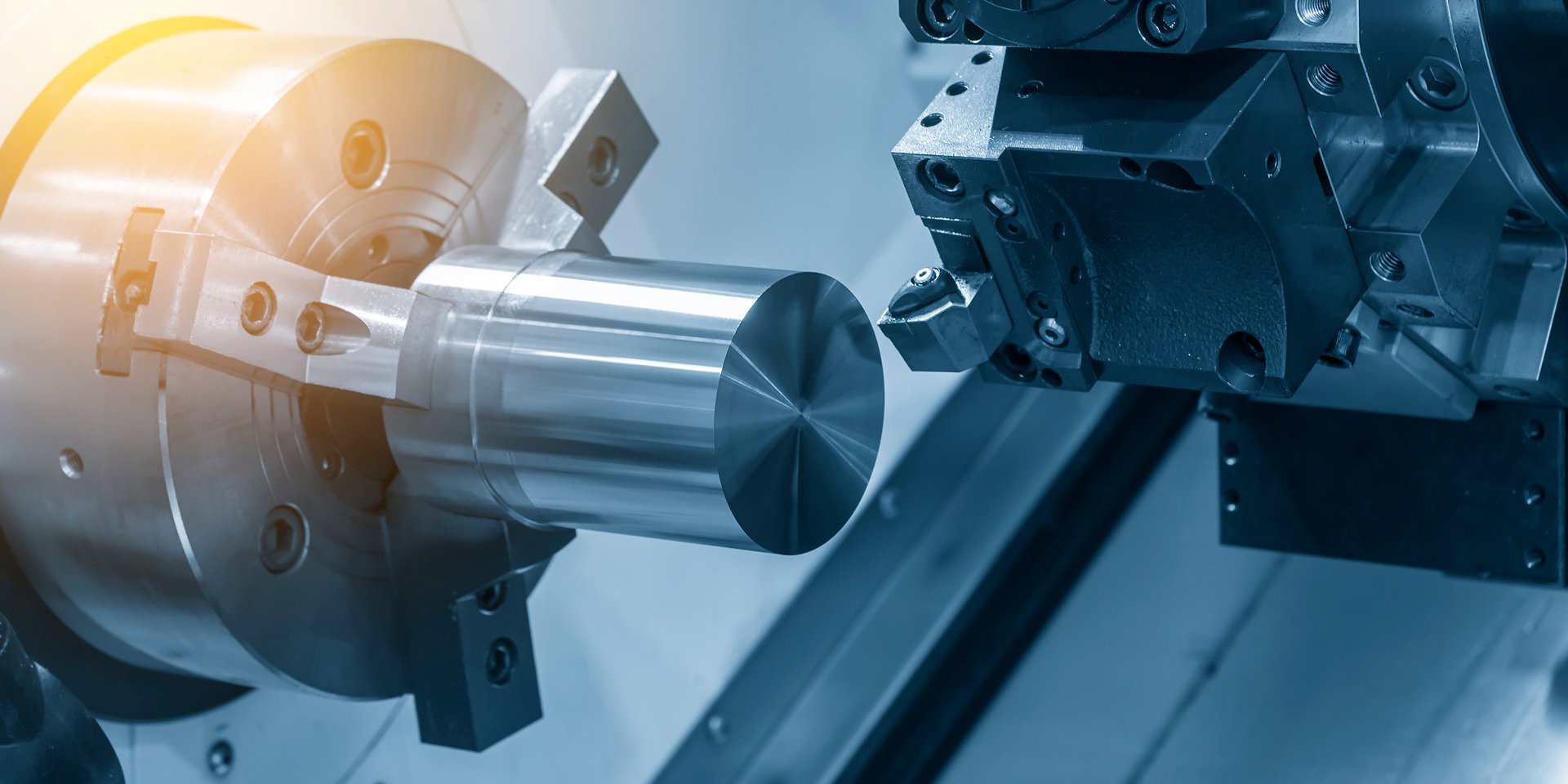
Implement a Pull System
Implementing a pull system in CNC operations is a powerful strategy that can in many ways enhance efficiency and reduce waste. A pull system is a form of lean manufacturing whereby production is based on demand. Essentially, work isn’t started until there is demand for it at the next step of the process – the “downstream” process producing parts or products in batches for the “upstream.” In contrast, a push system is based on forecasted demand and produces parts ahead of when they are needed. A properly implemented pull system can reduce inventory costs by 30-40% and improve workflow efficiency beyond that. Below are some key points regarding creating CNC operation pull systems.
Understand the Basics of Pull Systems
At their most fundamental, pull systems restrict the start of a new work piece until demand exists for it downstream. This is in contrast to a push system that is based on forecast. This change ensures that producing only happens when there is really something needed, reducing overproduction considerably and costs associated with storing the overproduced things.
Setting Up Kanban as a Pull Trigger
Kanban is a signaling system of cards and electronic signals that represent demand in a pull system. When a part is used downstream, a Kanban card is sent to the upstream process to make another. This way, the process can keep pace with upstream production without accumulating excess inventory. Using Kanban leads to a reduction in the time that items spend in inventory by up to 50%.
Integrate JIT and Pull Systems
Just-In-Time manufacturing is linked closely with pull systems. JIT means producing the goods exactly at the time, quantity, and quality they are needed – no smaller, no larger by companies. Integrating JIT into CNC operations results in making components and delivering them exactly when they are needed, not months or weeks before. This reduces the inventory and costs associated with carrying it and thereby ensures higher cash flows.
Monitoring and Managing WIP Levels
Work in progress levels should be carefully monitored and managed by setting up strict limits based on real-time demand data. This means no space and no time for partially finished items as not every single tool or machine will be in use creating final products. In this way, the materials and machines are used to the utmost efficiency.
Create Feedback Loops
Finally, feedback loops between the upstream and downstream processes and settings should be used. This should involve regular reviews of material flow, length of Kanban cycles, and production bottlenecks. This ensures that the system improves and does not stagnate.

Continuous Process Improvement
Continuous process improvement is a central element of lean manufacturing that seeks to improve CNC efficiency through the ongoing refinement and optimization of workflows. This approach not only improves productivity but also enhances product quality and reduces operational costs. Successful implementation can result in a 15-25% productivity improvement within the first year.
Establish Baseline Metrics
The first step to any improvement is to establish clear, measurable baseline metrics for current CNC operations. These can include cycle times, machine downtime, scrap rates, and overall equipment effectiveness (OEE). Having accurate baseline metrics is crucial for tracking progress over time and understanding what aspects of CNC operations need improvement.
Implement Kaizen Events
Kaizen, or rapid improvement events, are short, focused projects tasked with identifying and improving specific aspects of the CNC process. These focused events are typically staffed with cross-functional teams who analyze the current processes, identify waste, and propose effective solutions. These consist of both physical waste and waste of labor, such as unnecessary wait time. Sustaining a rolling series of regular Kaizen events can result in significant waste reductions and productivity improvements.
Deploy Six Sigma Methodologies
Six Sigma is a data-driven approach to removing defects and streamlining production processes. The machinery within CNC operations can vary substantially, but the principles of Six Sigma can be used to minimize variation from the mean in their manufacturing processes. This results in fewer reworks or defects and can reduce production costs by between 20 and 30%.
Leverage Advanced Data Analytics
Data from CNC machines themselves contains a wealth of information that can be used to optimize operations. Machine learning algorithms can be employed to analyze the data and identify patterns that may indicate suboptimal workflows or upcoming machine failures gives implementers advanced notice. In such cases, data analytics can reduce downtime and improve CNC machine availability by up to 20%.
Encourage Employee Involvement and Feedback
Employees, particularly those on the shop floor, have firsthand knowledge of the process, and are an invaluable source of suggestions on where it can be improved. Encourage them in a culture of open communication where they do not feel threatened to speak their mind and make suggestions. When they make suggestions, acknowledge the value of their input and seriously consider any suggestions for improvement they make, then implement the practical ones. Employees will be more invested in their work when they see their suggestions being put to good use and, as this will likely have an effect, CNC may be improved as a whole.
Review and Revise Regularly
Set a regular schedule to review the efficiency and effectiveness of these measured improvements, whether monthly, quarterly, or bi-annually. During these reviews, consider what is performing up to expectations and what is not, then adjust CNC operations accordingly. Regularly revising the impact of these changes ensures CNC operations remain at peak efficiency despite altering conditions.


